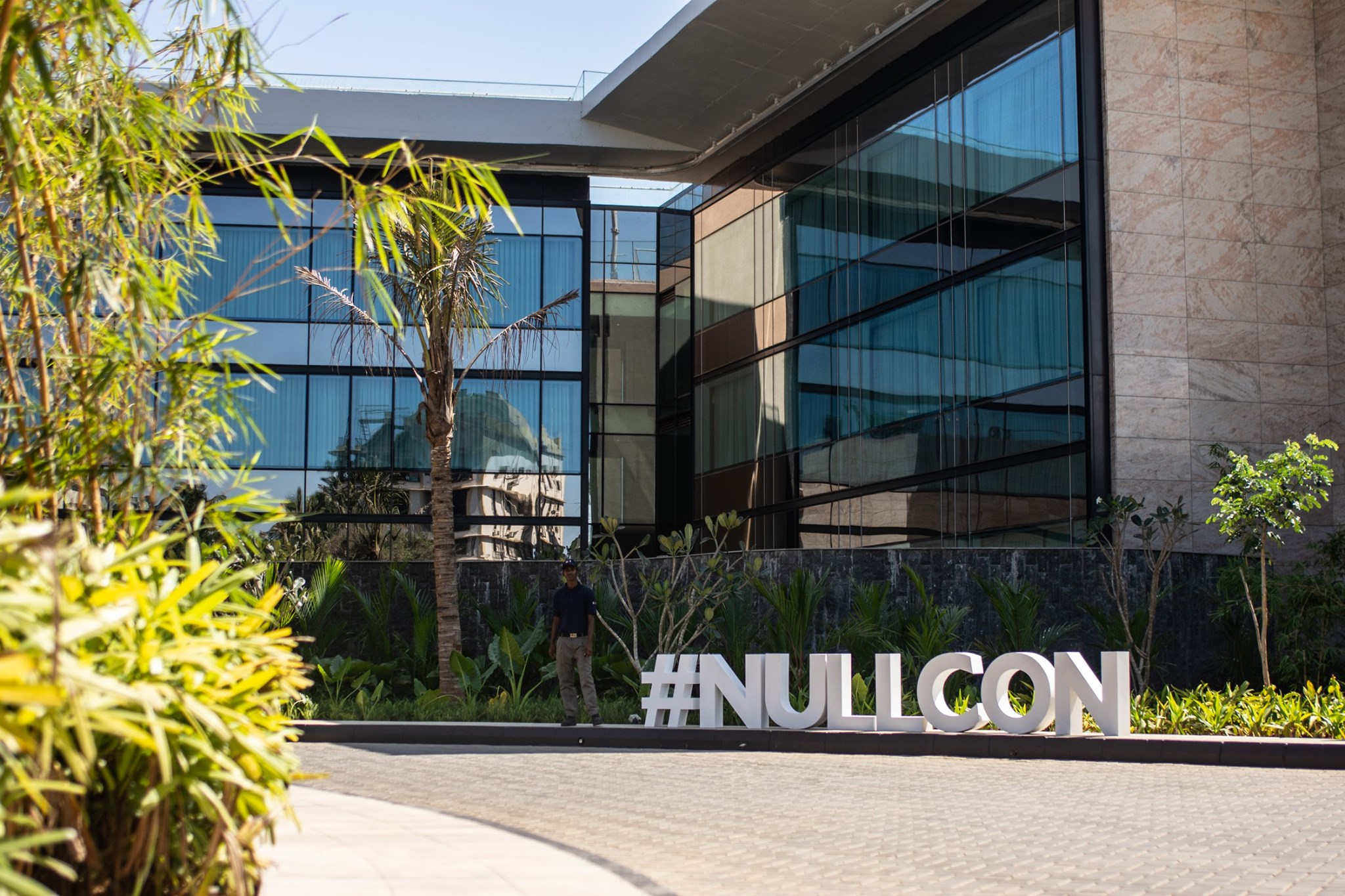by Divya Agrawal

Security flaws and vulnerabilities damage software systems today. To combat them, we can focus on practices that prevent security flaws right in the development phase where it is cost-effective to do so than correcting them in the testing or deployment phase.
In this digital day and age where money-motivated crime is at its peak, security is not an option. Businesses that let security and privacy take a back seat might have to pay for the consequences with their brand trust and reputation.
To ensure customers privacy is intact and their data is secure, software developers should strive to write robust code with no vulnerabilities.
Enter, secure coding.
Today, security tests deserve more respect than our handling them at the last minute. Bug-free apps need to develop with a certain mindset installed right at the beginning. Secure coding consists of practices that ensure a vulnerability-free software.
Secure coding practices help developers guard their apps against vulnerabilities that malicious hackers may exploit. Defects, bugs, and crashes are often the primary causes of a security breach.
Secure coding includes certificates, encryption, file access, memory management, and several other areas where something expensive might go wrong.
What could go wrong if we neglected secure coding practices?
Here are the top 3 mishaps from this century-
These attacks are part of the thousands that take place every year. Businesses employ loose coding practices, and developers leave too many loopholes for exploiters only to meet development deadlines.
Secure coding is an integral part of the software development process and needs to be taken like that if companies are to protect their brand image and customer base.
Developing and managing software is no cakewalk in this digital era. Implement these best practices as the first steps to secure coding-
Centralise these security routines, so they are followed throughout the software. By limiting access to each user and taking care of the nitty-gritty, you will safeguard your software from a host of attacks, thereby improving software security.
In the period between 2017 and mid-2018, the US alone witnessed 668 data breaches that exposed a whopping 22.41 million records which brings us to an urgent issue. Since the mobile disruption and the proliferation of the internet, we have gone through a transformation in the way we communicate with each other and with brands and businesses.
Today more than ever, sensitive data resides on the cloud and with companies whose products/services we consume. This raw data includes banking and financial data, healthcare data, and any other information we have a problem getting exposed.
With this vast amount of data is being stored remotely, any application bug or vulnerability can cause damage to the company's reputation and a loss of trust in their customers.
Therefore, there is a critical need for us to proactively guard our apps and software against malfunctions that may creep into them in the coding phase where software developers and coders can take extra measures to implement security best practices and solidify the foundation of a software system.
Moreover, since organisations are increasingly moving toward stringent security in their software products/services, this is an opportunity for software developers and testers to upskill and advance their career. As software developers become armed with this skill, they can steer their job in a better direction and become indisposable to their clients or employer.
Here's your chance to be part of a Secure Code Development Boot Camp by Rafael Boix Carpi & Martijn Bogaard from Riscure B.V. at nullcon Goa 2019, a conglomeration of security enthusiasts. The intense two-day training beginning 27th Feb 2019 will take you through a hands-on journey of learning how to code for better software security. Are you ready to level up your knowledge on secure coding? Find out more about training.
Recording of a webinar on Secure Code Development by Martijn Bogaard - watch here.It will give you insights into secure code development boot camp.
- Written by Divya Agrawal & Edited by Pratik Ghumade for nullcon

Mar 03, 2022

Mar 01, 2022

NULLCON ONLINE TRAINING SUCCESS STORY
Aug 24, 2020

WHAT IS RESUME AND CAREER CLINIC?
Apr 22, 2020

Divya Agrawal